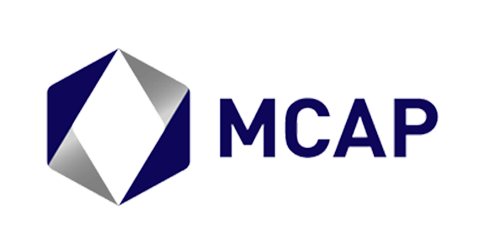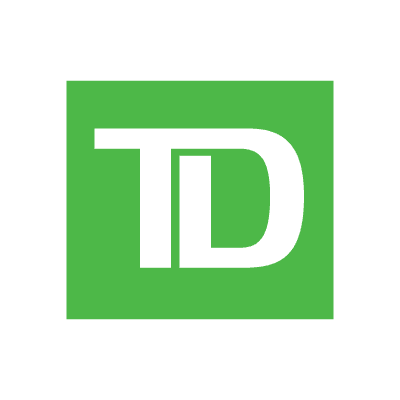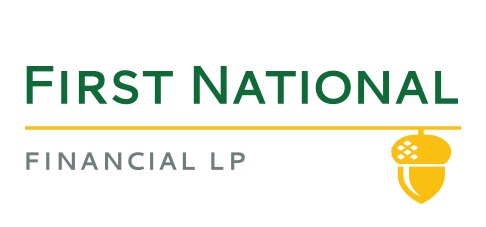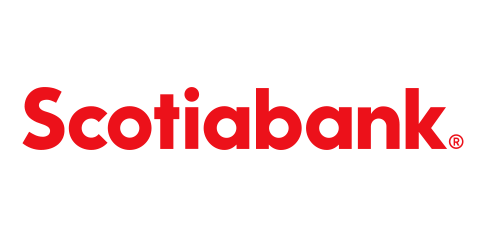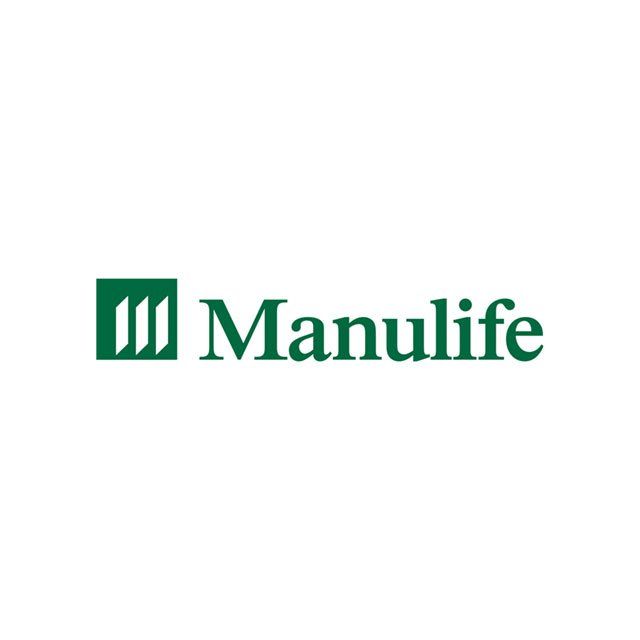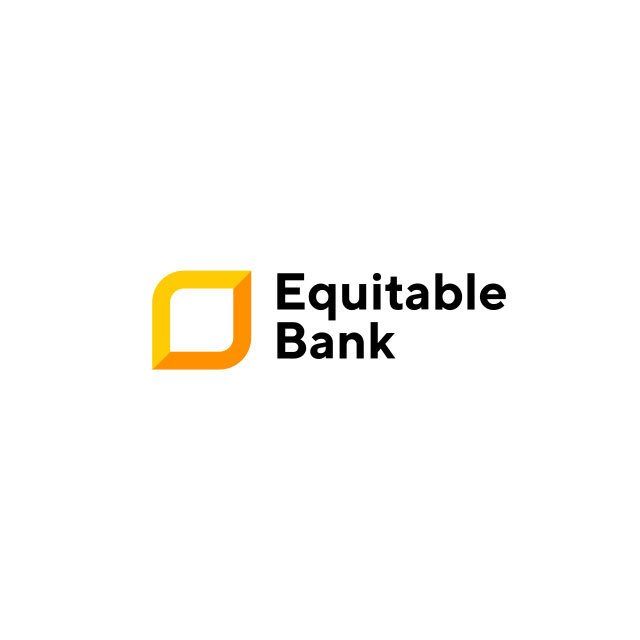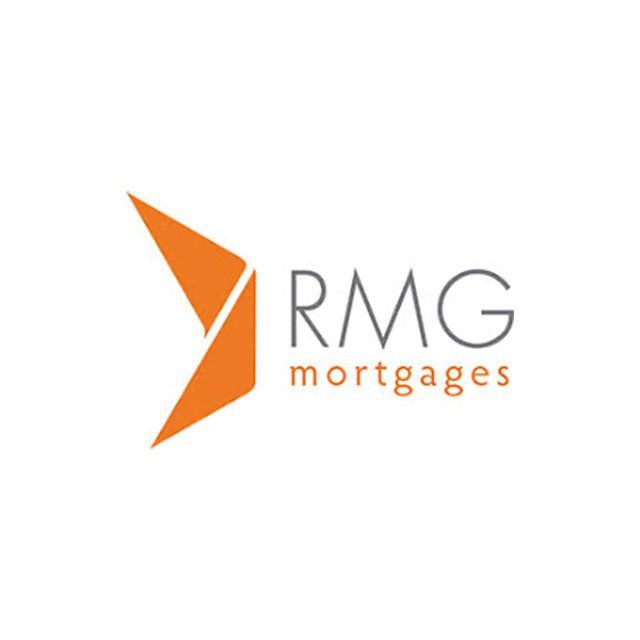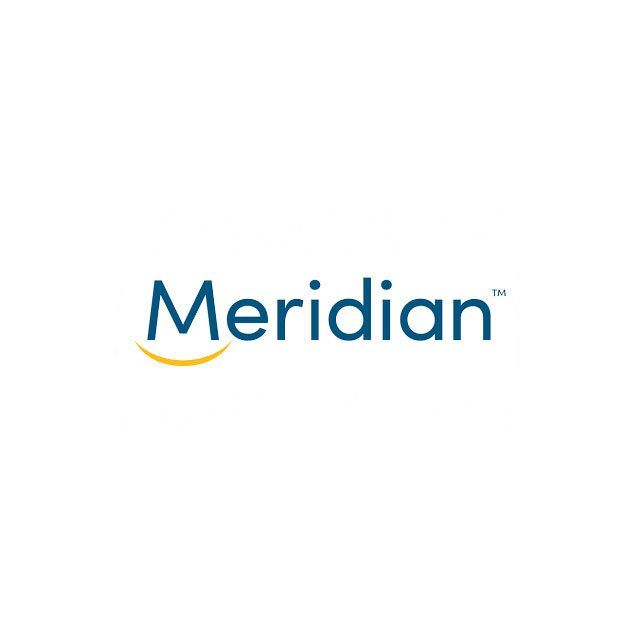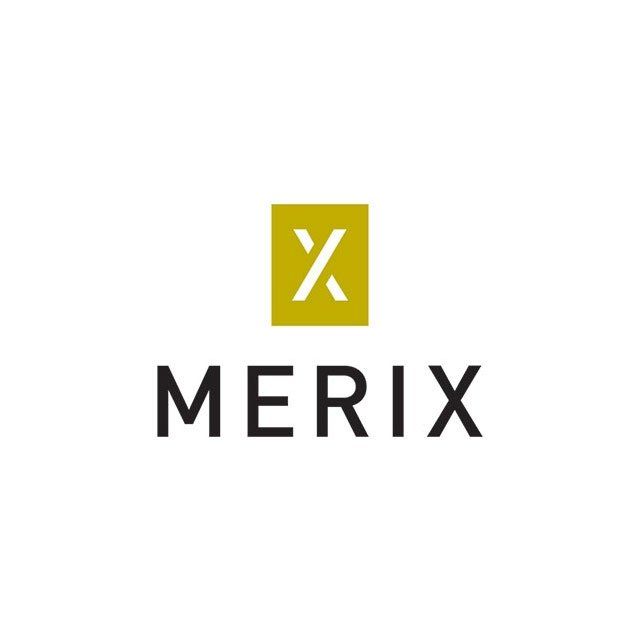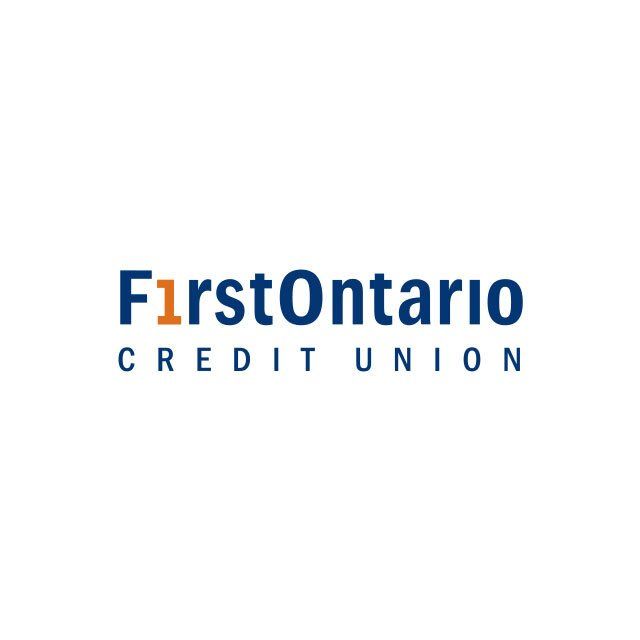ERIK SEPPER
A lot of people find mortgage financing stressful and confusing.
It doesn't have to be, let me help.
MORTGAGE FINANCING IN THREE EASY STEPS
01 Connect With Me
The best place to start is to connect with me directly. The mortgage process is personal. My commitment is to listen to all your needs, assess your financial situation, and provide you with a plan to move forward.
02 Consider Options
03 Take It Easy
ERIK SEPPER | MORTGAGE AGENT
I look forward to working with you!
Having spent most of my professional life working for one of Canada's big 6 banks, as a mortgage specialist, manager of customer service, and branch manager, I have an extensive understanding of banking and mortgage financing.
I joined the
Mission35 Mortgages in order to provide even better options to my clients. My goal is to say "yes" to clients whenever possible and to find real mortgage solutions, instead of just selling the bank's products.
If you're looking for someone to guide you through the mortgage process, please don't hesitate to contact me anytime. You won't be disappointed.
Mortgage Financing
Whatever your mortgage needs; my experience plus my affiliation with the Mission35 Mortgages means that not only do I have access to the mortgage products you're looking for, but also the ability to provide you with appropriate counsel.
The best way to start is by completing a mortgage application.
APPLY NOWACCESS TO ALL THE LENDERS
As a member of the Mission35 Mortgages , we've developed excellent relationships with lenders across Canada. Here are a few of them...
Let's figure out which one has the best product for you.
NICE THINGS CLIENTS HAVE SAID
MORTGAGE ARTICLES






DROP ME A LINE
Contact Us
CONTACT INFO
59 John St. S.
Hamilton ON
L8N 2B9

